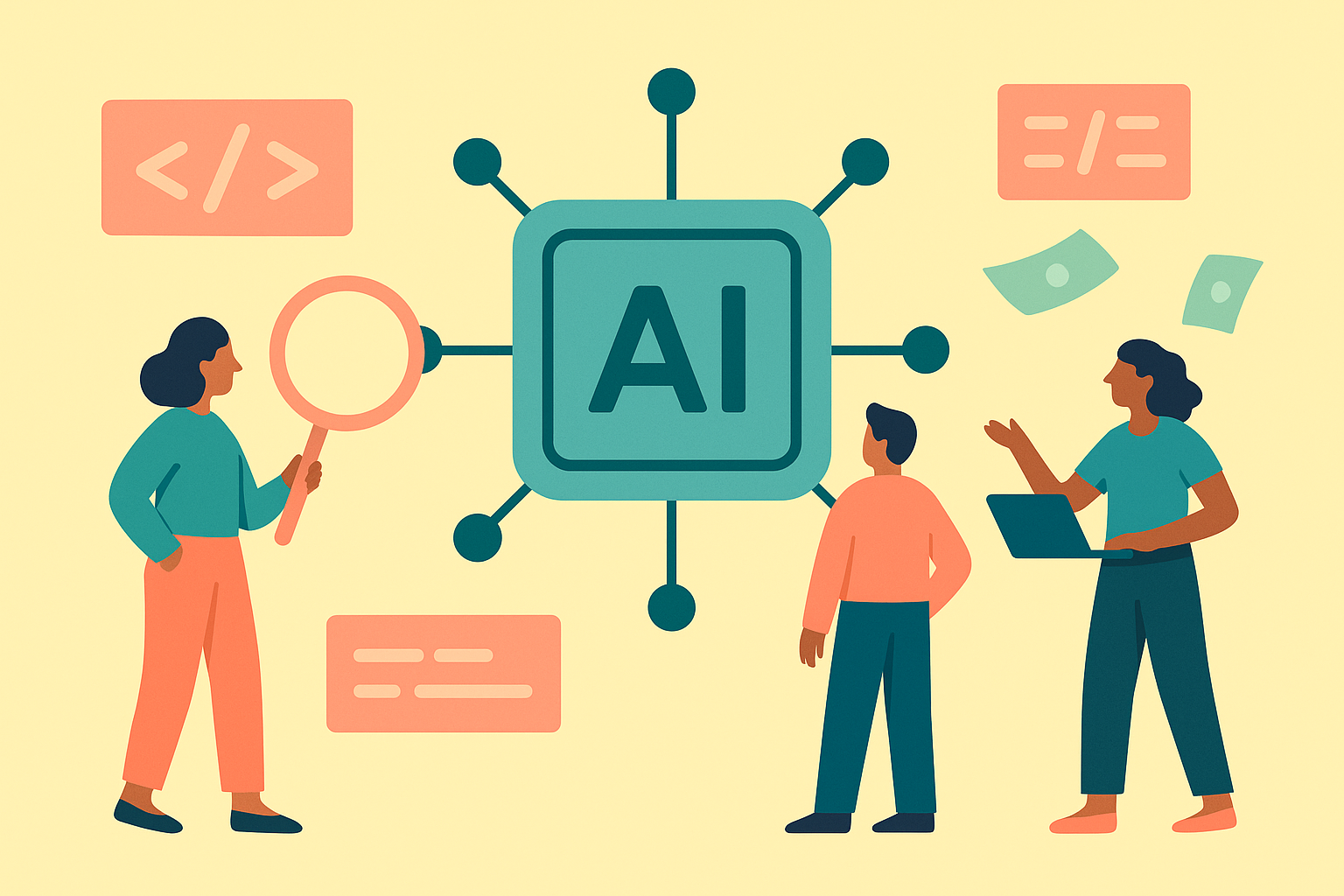US News
LAST UPDATE: June 7, 2025
Donald Trump’s steel and aluminium tariffs expected to push up import costs by $100bn
President Trump’s decision to double tariffs on steel and aluminium to 50% is projected to increase US import costs by over $100 billion annually, according to Boston Consulting Group.
Insight
The substantial hike in tariffs is expected to strain various sectors of the US economy, particularly manufacturing and construction, by escalating input costs. While intended to bolster domestic production, the immediate effect may be increased prices for consumers and potential retaliatory measures from trade partners. The long-term impact could include supply chain disruptions and a reevaluation of global trade relationships, emphasizing the complexity of protectionist policies in an interconnected economy.
US job growth cools in May amid tariff-related headwinds
In May 2025, the US added 139,000 jobs, a slowdown attributed to uncertainties from shifting tariff policies and government spending cuts, with the unemployment rate steady at 4.2%.
Insight
The deceleration in job growth highlights the broader economic implications of trade policy volatility. Sectors like manufacturing and government employment are particularly affected, reflecting businesses’ cautious approach amid policy unpredictability. The labor force participation rate’s decline suggests potential disengagement from the workforce, possibly due to stricter immigration policies. These trends may prompt the Federal Reserve to reassess its monetary policy stance, balancing the need to support employment without exacerbating inflationary pressures.
Trump Says ‘America Is Hot’ After Jobs Report
Following the May jobs report, President Trump declared “America is hot,” emphasizing positive economic indicators such as wage growth and stock market performance, and highlighting increased tariff revenues.
Insight
President Trump’s optimistic portrayal of the economy aims to reinforce public confidence and justify his administration’s trade policies. By focusing on wage increases and market gains, he seeks to counterbalance concerns over slowing job growth and potential inflation. This narrative may influence public perception and political discourse, particularly in the context of upcoming elections and debates over economic strategy.
Trump Pressures Fed’s Powell to Cut Rates ‘A Full Point’
President Trump has intensified pressure on Federal Reserve Chair Jerome Powell to reduce interest rates by a full percentage point, criticizing the Fed’s cautious approach amid economic uncertainties.
Insight
The President’s call for significant rate cuts reflects a desire to stimulate economic growth and counteract the effects of his administration’s trade policies. However, such political pressure challenges the Federal Reserve’s independence and may complicate its efforts to manage inflation and maintain financial stability. The situation underscores the delicate balance between fiscal policy objectives and the central bank’s mandate to make data-driven decisions free from political influence.
Fed likely to leave rates unchanged as US job market cools but doesn’t crumble
The Federal Reserve is expected to maintain current interest rates at its June 17–18 policy meeting, as recent labor market data suggests a cooldown without significant deterioration.
Insight
The May jobs report indicates a moderate slowdown in job growth, with 139,000 new jobs added and unemployment steady at 4.2%. Despite President Trump’s calls for a substantial rate cut, Fed officials, including Philadelphia Fed President Patrick Harker, advocate for patience amid ongoing trade tensions and tariff impacts. The central bank appears inclined to wait for further data before making adjustments, balancing concerns over inflation and economic uncertainties.
For the Fed, Slower Job Growth May Not Signal Economic Weakness
Federal Reserve officials are shifting their focus from payroll growth to unemployment rates to gauge labor market health, as they anticipate job growth will slow due to reduced immigration and tighter border controls.
Insight
The Fed recognizes that slower job growth may reflect a shrinking labor supply rather than weakening demand. With immigration declines under recent administrations, the labor force’s growth has slowed, potentially stabilizing the unemployment rate despite lower payroll additions. This perspective suggests that the Fed may not interpret slower job creation as a sign of economic weakness, allowing for a more measured approach to monetary policy adjustments.
White House Tries to Shift Focus to Tax Bill, Not Musk Feud
On June 6, 2025, White House officials attempted to divert public and media attention from President Donald Trump’s ongoing feud with Elon Musk, emphasizing instead the administration’s focus on advancing a major tax-and-spending package.
Insight
The administration aims to pass the tax bill, dubbed “big, beautiful” by the president, by July 4. However, the proposal faces challenges in the Senate, with debates over Medicaid and Medicare spending, clean energy tax credits, and state and local tax deductions still unresolved. The public feud with Musk has complicated the legislative agenda, prompting efforts to refocus attention on policy priorities.


